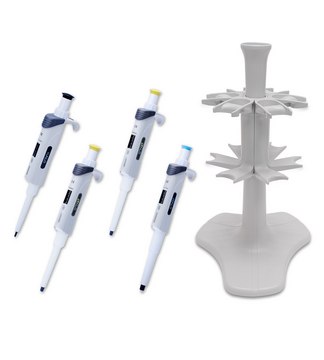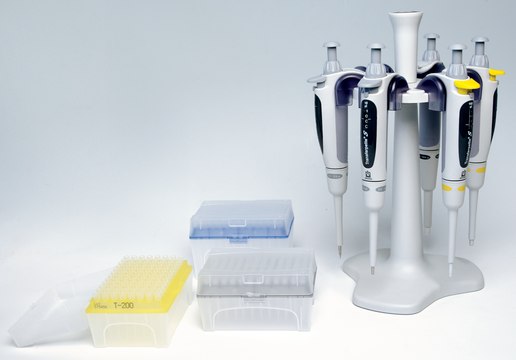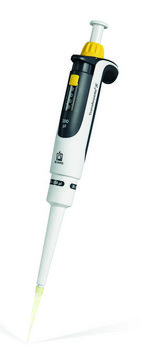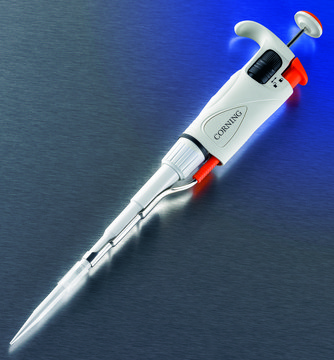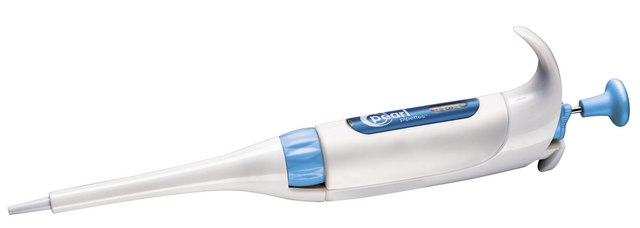SAB4200684
Monoclonal Anti-Uvomorulin/E-Cadherin antibody produced in rat
clone DECMA-1, purified from hybridoma cell culture
Synonym(s):
Arc-1, CD324, CDHE, E-cadherin (epithelial), ECAD, LCAM, UVO, cadherin 1, type 1
Select a Size
About This Item
Recommended Products
biological source
rat
Quality Level
conjugate
unconjugated
antibody form
purified immunoglobulin
antibody product type
primary antibodies
clone
DECMA-1, monoclonal
form
buffered aqueous solution
mol wt
antigen ~120 kDa
species reactivity
dog, mouse
concentration
~1 mg/mL
1 of 4
This Item | CLS4069 | P1825 | HS120499 |
|---|---|---|---|
| feature adjustable | feature single-channel | feature - | feature Holds 16 x pipettors |
| manufacturer/tradename Heathrow Scientific 120554 | manufacturer/tradename Corning | manufacturer/tradename Drummond Scientific 4-000-101 | manufacturer/tradename Heathrow Scientific HS120499 |
| volume × volume × volume 2-20 μL × 20-200 μL × 100-1000 μL | volume × volume × volume - | volume × volume × volume - | volume × volume × volume - |
General description
Immunogen
Application
Biochem/physiol Actions
Physical form
Disclaimer
Not finding the right product?
Try our Product Selector Tool.
Storage Class Code
10 - Combustible liquids
Flash Point(F)
Not applicable
Flash Point(C)
Not applicable
Choose from one of the most recent versions:
Certificates of Analysis (COA)
Don't see the Right Version?
If you require a particular version, you can look up a specific certificate by the Lot or Batch number.
Already Own This Product?
Find documentation for the products that you have recently purchased in the Document Library.
Customers Also Viewed
Our team of scientists has experience in all areas of research including Life Science, Material Science, Chemical Synthesis, Chromatography, Analytical and many others.
Contact Technical Service

